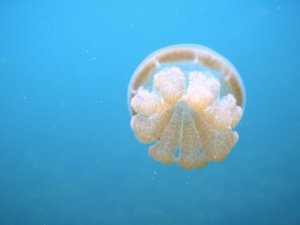More recent information on my two main research projects on seagrass restoration and small island dynamics can be found on 2 other blogs (in Dutch): zeegrasherstel.nl and griend.org
An update of my current research projects (2018) will follow soon!
The importance of cross-habitat interactions for coastal ecosystem functioning – implications for conservation and management
The importance of long-distance interactions crossing ecosystems is more and more recognised. However, ecosystem connectivity also complicates management as this implies that a broader are needs to be conserved. I currently study the importance of long-distance interactions in intertidal ecosystems for small island dynamics. Wadden Sea island Griend functions as a model system to use ecosystem-scale knowledge in a restoration project.
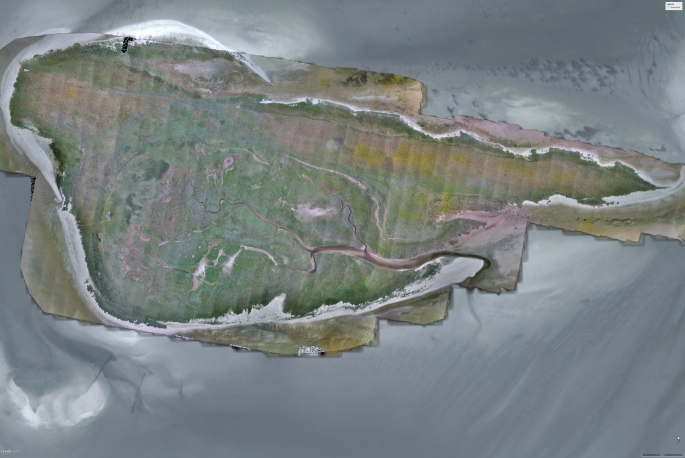
Breeding Ecology of Sandwich terns on Griend
The Dutch Wadden Sea island Griend is currently being restored. This Island used to be the most important breeding site for sandwich terns in Western Europe. In 2016, <200 breeding pairs were present. We’re investigating what factors are causing this dramatic decrease and if this damage can be repaired. Therefore, I compare the breeding ecology of sandwich terns breeding on Griend with nearby populations (Texel, Ameland) and look into the interaction of sandwich terns with neighbouring black-headed gulls and predatory herring gulls. In this project, we also explore the use of UAV (drones) for counting breeding colonies of seabirds.
Seagrass restoration in the Dutch Wadden Sea
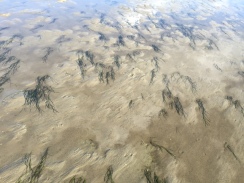
Since 2011, we are attempting to restore eelgrass (Zostera marina) in the Dutch Wadden Sea by using seeds from a donor population on the German barrier island Sylt. Restoring intertidal seagrass beds is challenging and we are currently conducting applied research to improve restoration methods & restoration success. Updates on this project can be found on this blog (in Dutch).
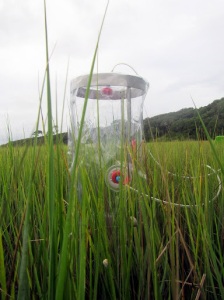
Do keystone mutualisms promote the climate buffering capacity of vegetated coastal ecosystems?
Keystone mutualisms between seagrasses and lucinid bivalves and salt marsh plants (Spartina alterniflora) and ribbed mussels (Geukensia demissa) strongly promote plant biomass growth and alter local biogeochemistry. We’re currently investigating wether/if these interactions may affect the capacity of these systems to store blue carbon. We use the US east coast salt marshes as model systems for this research.
Food web structure and the restoration of foundation species in the Wadden Sea (postdoctoral project)
In this project, we try to unravel the contribution of foundation species to (bio)diversity in the Wadden Sea (Waddensleutels). Foundation species such as mussel beds and seagrass meadows have strongly declined due to human interference in the Wadden Sea. Nature conservation agencies and
scientific institutions have gathered sources and knowledge to study the importance of ecosystem engineers for the Wadden Sea food web, in an attempt to restore the valuable intertidal mussel beds.
Possible effects of Phytophthora geminii and Phytophthora inundata on seed germination of Zostera marina (Postdoctoral project)
I’m currently doing postdoctoral research to find out if presence of marine Phytophthora species may effect seed germination of eelgrass Zostera marina in a large-scale restoration project in the Dutch Wadden Sea. Seagrass restoration projects experience highly variable successes and possibly, common, but currently unknown pathogens may affect restoration attempts.
This research is conducted in collaboration with the Radboud University, NIOZ, the Netherlands food and consumer product safety authority (NVWA), Natuurmonumenten, Rijkswaterstaat, and the Fieldwork Company

The effects of biogeochemical stressors on seagrass ecosystems (PhD project)
For my PhD, I’ve conducted research on the effects of biogeochemical stressors on seagrass ecosystems. My research encompasses a broad array of subjects including the effects of several stressors (nutrients, trace metals, sulfide) on seagrass ecosystems, the importance of species interactions for ecosystem functioning and meadow-scale processes. Studying different aspects of seagrass ecosystems enabled us to gain a deeper understanding of seagrass ecosystem functioning and provides us with useful tools for seagrass conservation, management, and restoration.
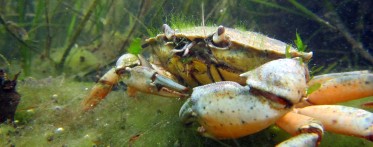
- Resilience & Restoration: We studied meadow-scale processes and feedbacks in seagrass ecosystems and try to link this to ecosystem resilience.
- Pollution: We’ve studied the use of seagrasses as bioindicators for nutrient and trace metal pollution. We’ve provided both a case study of pollution status on two Caribbean island (Curaçao & Bonaire) and a global benchmark for trace metal pollution.
- Species interactions in seagrass beds: We emphasize the importance of species interactions for seagrass ecosystem functioning. In 2012, we uncovered a three-stage symbiosis (Science, 2012) between seagrasses, lucinid bivalves and their sulfide-oxidizing gill-bacteria that forms the foundation of seagrass ecosystems worldwide. This keystone mutualism enables seagrass growth in hostile environments rich in toxic sulfide.
Multi-scale seagrass patterning in Shark Bay, Western Australia
The seagrass beds of Shark Bay, Western Australia, are among the most extensive and pristine in the world. In the shallows of the Faure Sill, seagrasses (Amphibolis antarctica) forms distinct multi-scale patterns which can be seen from the air. We are currently trying to find out what factors drive this unique self-organization of seagrasses.

Food web structure of marine lakes in the Indo-Pacific region
Marine lakes are unique marine environments which have been isolated from the adjacent seas for ten-thousands of years or shorter. These anchialine lagoons form special sites with high biodiversity and endemic species. We are currently working on the unique food web structure of marine lakes.
